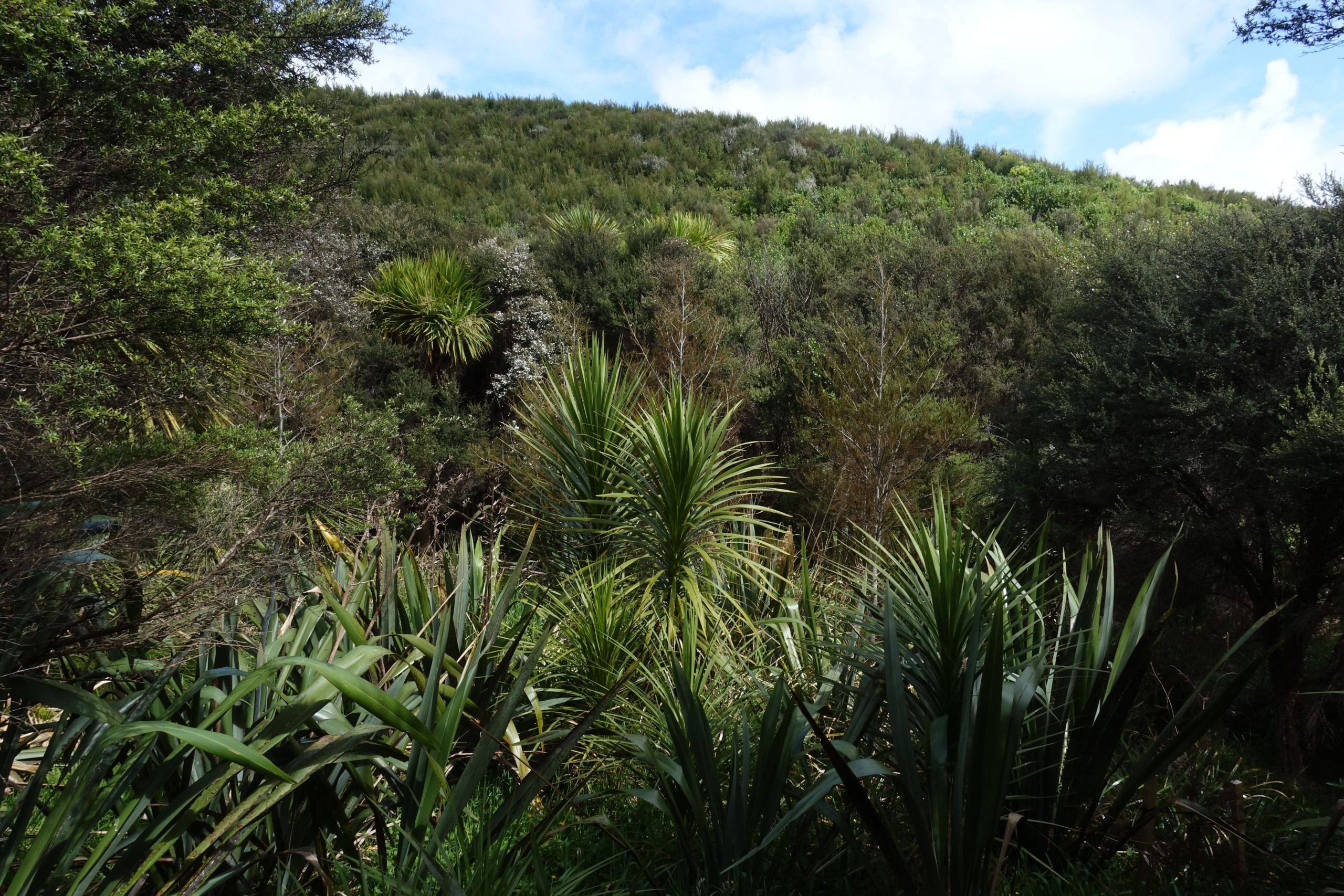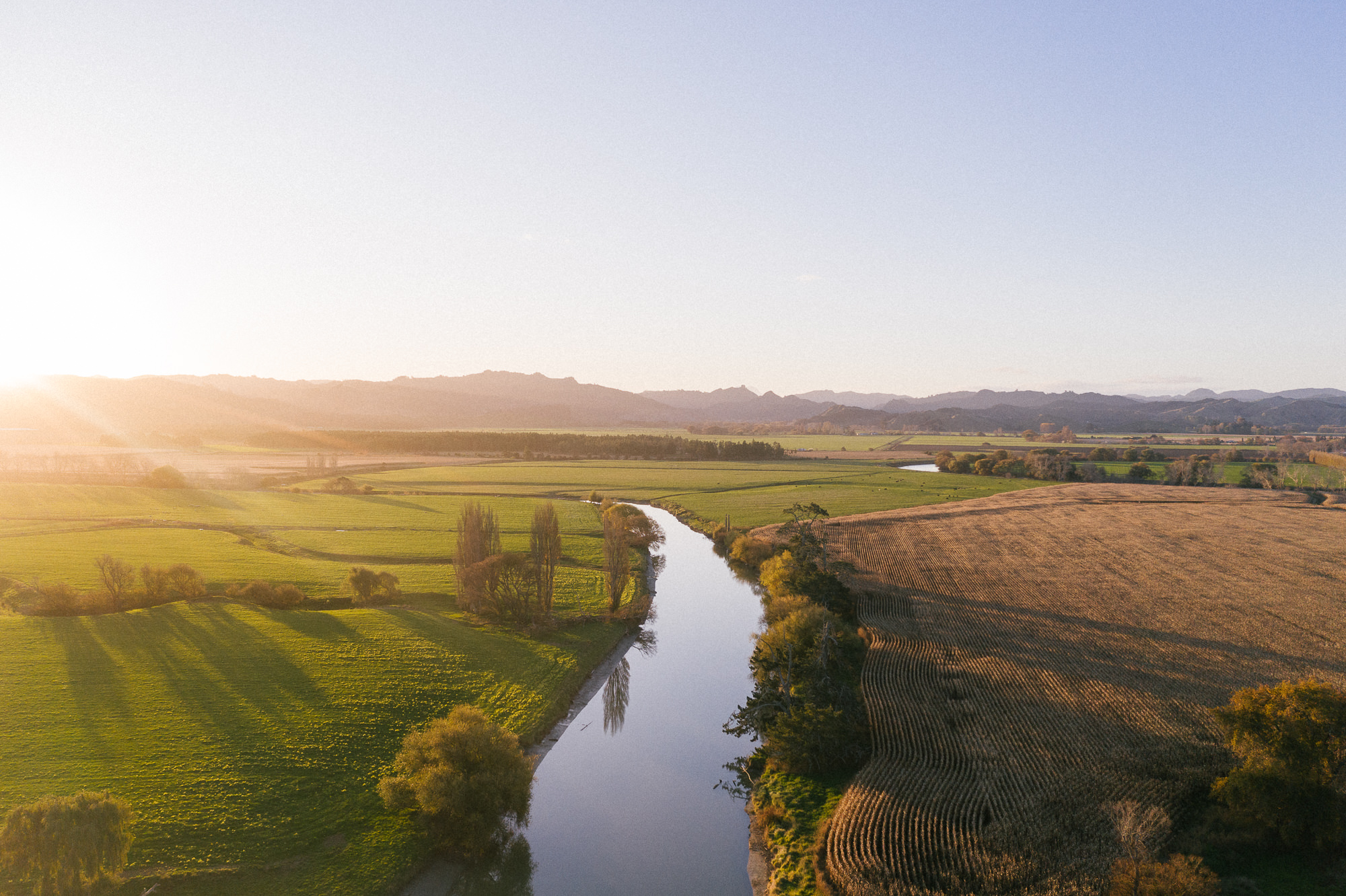The world is currently experiencing twin crises: The climate crisis, and its impacts on planetary systems. And the biodiversity crisis, resulting in major declines in species diversity and abundance across the planet.
Bradley Case, Hannah Buckley, and Sarah Bürli, ecologists at the Auckland University of Technology, write about addressing the biodiversity crisis with a Nature-based Solution to mitigate the effects of climate change.
Top Header Image: ©Josh Griggs
The climate crisis, driven by increasing atmospheric greenhouse gas (GHG) levels resulting in accelerating shifts in temperature and moisture levels, has had flow-on impacts on the frequency and severity of extreme weather events. The biodiversity crisis stems from ongoing degradation and loss of species and habitats.
There is an intimate interweaving of relationships between the Earth’s processes that shape the climate and those that contribute to healthy, biodiverse ecosystems. For example, climate change and increasing ocean temperatures endanger coral reefs and the diversity of these rich and complex ecosystems; it is predicted that a temperature increase of more than 1.5 °C is likely to lead directly to a cascade of species extinctions in these reef ecosystems. Conversely, the degradation or loss of biodiverse ecosystems, such as wetlands and forests, due to conversion to other land uses, releases large quantities of greenhouse gases into the atmosphere, thereby exacerbating climate change.
Therefore, conserving and enhancing natural ecosystems not only helps to maintain biodiversity and existing carbon stores but also mitigates climate change. In this way, addressing the biodiversity crisis provides a ‘nature-based solutions’ approach to mitigating the effects of climate change and decelerating global warming.
”There is an urgent need for multi- and fit-for-purpose instruments that motivate increased native reforestation.
The climate and biodiversity crises have not bypassed Aotearoa New Zealand. As with most other countries, the current context of the biodiversity and climate crises in Aotearoa is the product of decades of human decision making around land management, motivated by resource extraction, land development, and economic growth.
Prior to human arrival, almost the entire country was cloaked in indigenous forests, wetlands and grasslands; these ecosystems provided habitat for our globally unique and highly diverse flora and fauna. Human arrival, settlement, and ongoing development of Aotearoa brought catastrophic ecosystem modifiers: fire, wide scale clearing and draining for agriculture and ease of movement, invasive plants and animals, livestock farming, irrigation and fertilisers, roads and vehicles, and impermeable urban areas. These activities have, for instance, resulted in the extinction of 33% of our original endemic birds. Almost 70% of Aotearoa’s original forests has been converted to other land uses, causing the ongoing degradation of lowland terrestrial and freshwater ecosystems. These forests have been replaced largely by intensive livestock farming that contributes to as much as half of Aotearoa’s GHG emissions. While much has been lost, there is a current momentum to find solutions for slowing down and reversing these ongoing effects.
Recent decades have seen the development and implementation of regulatory, policy-based, and voluntary mechanisms aimed at stemming biodiversity loss and decreasing and offsetting GHG emissions. However, the close connection between biodiversity and climate change is not always acknowledged and, to date, the two crises and their solutions have been largely viewed, and tackled, through siloed lenses. For example, the recent National Policy Statements for Indigenous Biodiversity (2023) and Freshwater Management (2020) provide critical guidance on the management of biodiversity and stream health. Running in parallel but independent of these policies, the New Zealand Emissions Trading Scheme (ETS) has provided the main mechanism by which New Zealand aims to meet its carbon neutral commitments by GHG emissions offsetting.
However, the ETS has enabled perverse outcomes: As the carbon price has risen, so too has the planting of exotic pine monocultures. The idea of linking mechanisms, like the ETS, to prioritise planting of native forest across rural landscapes, with policies aimed at enhancing water quality and biodiversity seems like a no-brainer. Clearly, siloed thinking and policy development, although ultimately well-intentioned, leads to lost opportunities.

Restoration forest, Kaipara
©David Norton
There is an urgent need for multi- and fit-for-purpose instruments that motivate increased native reforestation. This could be done by a biodiversity credit scheme which could be also targeted in a manner to both enhance biodiversity and water quality and mitigate environmental issues. There are many situations where ‘multi-functional’ thinking and approaches could be usefully employed to improve our responses to these twin environmental crises. Nature-based Solutions (NbS) provides a climate adaptation framework that encourages multifunctional planning and actions. Under this framework, landscape interventions are employed that work to harness and enhance the functioning of ecosystems for biodiversity improvement and climate change preparedness.
The establishment of new native forests through initiatives such as Recloaking Papatūānuku should be prioritised as effective carbon capturers and to address the biodiversity crisis. The myth of ‘our slow growing native trees’ needs to be dispelled with up-to-date information and by properly incentivising a longer-term perspective on carbon capture via native species. Also critical is targeting where new forests are established to gain the biggest ‘bang-for-buck’ in terms of mitigating environmental damage and adapting to possible future issues such as floods and droughts. Such an approach could be implemented effectively, for instance, via catchment groups or through farm environment plans. Solutions for Recloaking Papatūānuku already exist; the challenge will be to harness the most effective policies, incentives, and actions, collectively, to realise this across Aotearoa New Zealand.
Bradley Case, Hannah Buckley, and Sarah Bürli are ecologists at the Auckland University of Technology. As a group they have contributed this article to the Recloaking Papatūānuku initiative, an urgent and ambitious programme to restore our indigenous forests, building on the Ō Tātou Ngahere partnership with Tāne’s Tree Trust. Find out more about the initiative here and sign up to join the movement.




Leave a comment